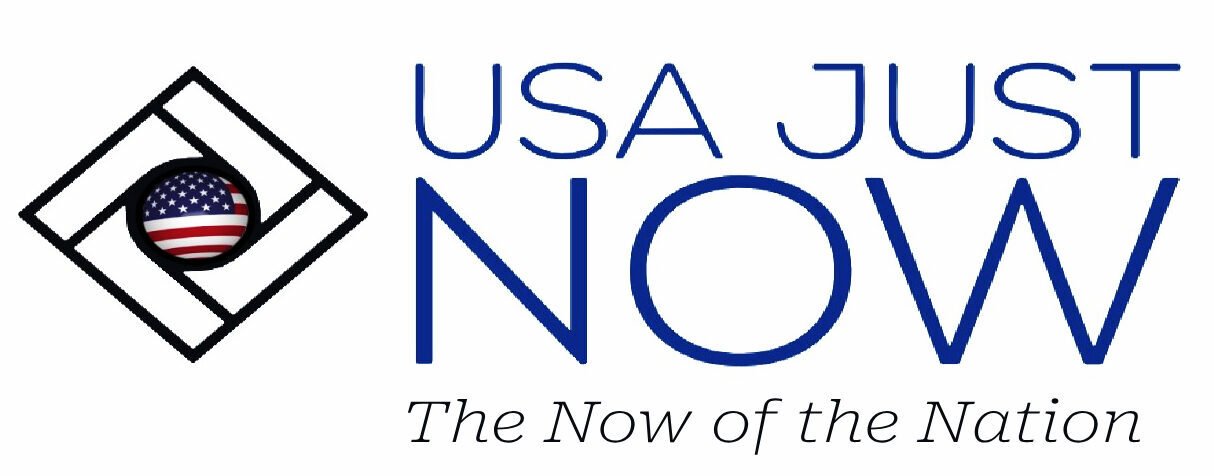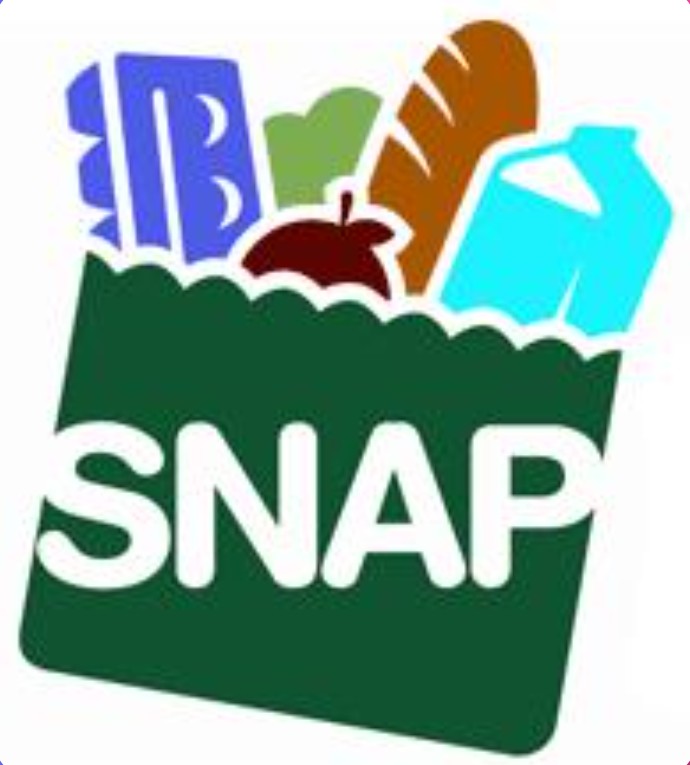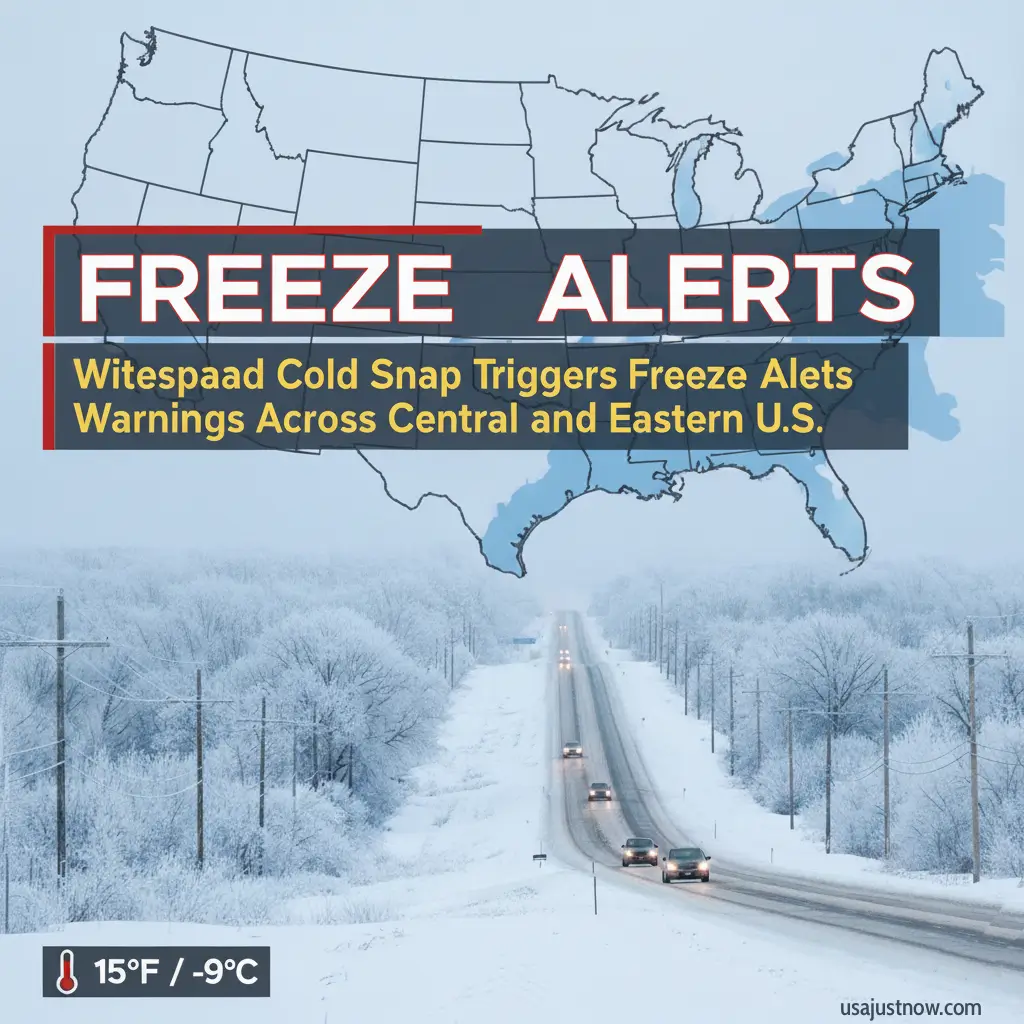Image Creator: U.S. Department of Agriculture
A growing sense of anxiety is spreading across the country as the federal government shutdown drags into another week. For millions of families, this fear isn’t abstract—it’s about whether they’ll have enough food to eat next month. The Supplemental Nutrition Assistance Program (SNAP) is at risk of running out of money for November if Congress fails to restore funding in time.
Washington, D.C. – Will millions lose SNAP benefits next month? That’s the fear spreading across American households as the federal government shutdown drags on with no resolution in sight. Each passing day brings the possibility that crucial food assistance won’t arrive in November. This isn’t just a political dispute in Washington—it’s a real threat to families wondering how they’ll afford groceries. With over 40 million people depending on the Supplemental Nutrition Assistance Program (SNAP), the question of what happens if funding stops has turned from worry into genuine alarm.
A Lifeline Under Threat
The United States Department of Agriculture (USDA), which oversees SNAP, has warned state agencies that unless congressional appropriations are passed, there will be “insufficient funds” to issue full November benefits[1]. For now, October payments are secure, but after that everything is uncertain.
This federal stand-off leaves over 41–42 million Americans wondering if their food benefits will arrive on time—or at all[2], [3]. States that typically schedule benefit distributions well in advance are now being told to hold off submitting payment files, a move that could majorly disrupt November’s rollout[1].
How the Shutdown Is Playing Out Across the States
Several states have begun alerting recipients about the looming risk of halted benefits:
- In Maine, state officials say nearly 170,000 residents—about 12 % of the state’s population—could miss their November benefits if federal funding isn’t restored[4].
- In Illinois, close to 2 million people could lose program access starting November 1, representing approximately $350 million in monthly aid[5].
- In Adams County, Colorado, more than 67,000 people, nearly half of them children or seniors, depend on SNAP benefits that may not arrive if the shutdown continues[6].
- State agencies in Pennsylvania, Texas, New York, California, Maryland, New Jersey, Minnesota and others have issued similar warnings that benefits could be delayed, reduced, or stopped entirely[1].
What’s at Stake
SNAP is the largest federal food-assistance program in the U.S., supporting more than 40 million low-income Americans each month[1]. The average benefit is roughly $187 per person, or about $6 a day[1]. For families already stretched thin by high grocery and energy bills, even a short delay could mean skipped meals or harder choices.
Food banks are already bracing for a surge in demand. In some regions, requests for emergency food boxes have jumped, and advocates warn that if SNAP payments stop, local charities will be overwhelmed. “Letting people go hungry is a choice, and it’s not a good one,” said one longtime SNAP recipient from Massachusetts who worries about November if her benefits don’t show up[1].
Economists and food-policy experts agree: when benefits gap, families deplete savings, skip nutritious options, or lean more heavily on emergency pantries—effects with ripple consequences across local economies.
USDA’s Contingency Options
The USDA does have contingency funding available—approximately $3 billion in multi-year reserves designated to cover SNAP during funding lapses[7]. The same type of funds were tapped during the 2018–19 shutdown[8]. However, the agency has not confirmed whether those reserves will be used for the current risk period, and no public decision has been announced.
Advocates argue that using those funds would be a policy decision—not a technical limitation—and say that withholding them while households face disruptions sends the wrong message.
How States Are Responding?
With the federal funding picture unclear, states are facing significant challenges and taking various steps.
- California has announced an $80 million emergency fund and is deploying the National Guard to support food-bank networks[9].
- Many states estimate that late October (around Oct. 27–31) is a critical deadline: if the shutdown persists past that window, November benefits are likely to be delayed or paused.
- Missouri and other states are still accepting new SNAP applications but clearly warn that no benefits can be issued until federal funds are restored[10].
- Most states would face major financial burden if they attempted to front the full cost themselves—and many officials don’t expect full reimbursement. That leaves local agencies in difficult positions, weighing either partial relief or no help.
The situation isn’t limited to SNAP. The Special Supplemental Nutrition Program for Women, Infants, and Children (WIC)—which serves roughly 6.7 million mothers and young children—has emergency funding that will cover operations through October 31, but an additional $300 million will be needed to maintain operations into November[8]
What You Can Do If You Rely on SNAP?
If you—or someone you know—depend on SNAP benefits, being prepared now is wise:
- Check your state’s official human–services website for the latest alerts.
- Ensure your contact information (phone number, address) is up to date with your state agency.
- Plan ahead for groceries: if November benefits are delayed, try to stretch non-perishable items or identify supplemental food-bank access in your area.
- Look into local food-assistance networks: when benefits are paused, demand at food banks typically spikes—and early communication may help.
- Continue to submit any renewal paperwork or documentation required: states say they are still processing applications even if payments are delayed.
- “Food banks alone cannot fill the gap created by halted SNAP funding,” warned George Matysik, executive director of the Share Food Program in Philadelphia[1].
What’s Next for the SNAP Crisis?
With no clear timeline for a continuing resolution in Congress, the stakes couldn’t be higher. If funding is restored before November 1, states can still issue benefits on schedule. If not, states may face paused payments, and pressure will shift publicly onto the USDA to deploy contingency funding.
Experts caution that even a short interruption in benefits can have long-lasting effects. Once families lose the ability to buy consistent food, recovery takes time—and with new federal work-requirement rules scheduled to take effect in January 2026, many households may face renewed challenges even after this shutdown ends[11].
The next several days will be critical. Whether through congressional action or emergency intervention, millions of Americans are watching and waiting to see if they’ll be able to put food on the table next month.
Sources Referenced:
- CBS News – “States warn SNAP benefits may stop in November”
- Business Insider – “SNAP Benefits May Be Smaller or Delayed in November”
- People.com – “Millions of Americans Are at Risk of Losing SNAP Benefits Next Month”
- Maine DHHS Official Notice – “Due to Federal Government Shutdown, USDA Notifies States that SNAP Benefits Won’t Be Issued for November”
- Illinois DHS / Journal Courier – “Nearly 2 million Illinoisans set to lose SNAP benefits…”
- Adams County Government (CO) – (Specific report URL not found at time of publication)
- Center on Budget and Policy Priorities (CBPP) – “The Trump Administration… steps to ensure SNAP participants get…”
- Associated Press – “WIC food program receives $300M to keep running during government shutdown”
- The Guardian – October 2025 (Specific report URL not found at time of publication)
- Missouri Department of Social Services (DSS) – (Specific report URL not found at time of publication)
- Washington Post, October 2025 (Specific report URL not found at time of publication)
“`








